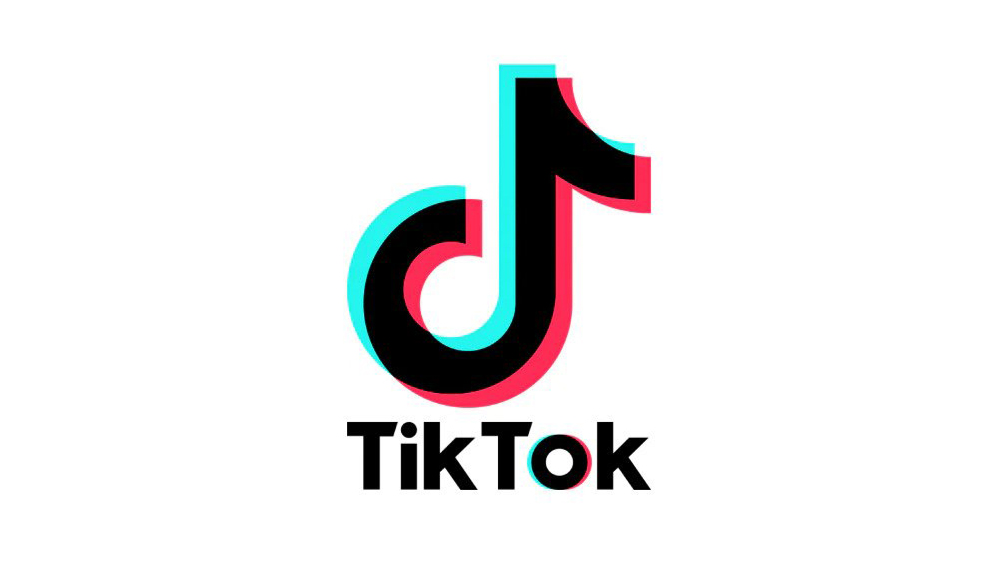What Children in Need must do to stay culturally relevant
From TikTok to Jamie Laing.

For nearly half a century, BBC Children in Need has been one of Britain’s most enduring charitable institutions. From its first televised appeal in 1980, to the arrival of Pudsey Bear five years later, to surpassing over £1 billion raised to date – its legacy is extraordinary. Few brands, charitable or otherwise, have achieved such deep cultural presence or mobilised the nation with such consistency.
This Friday marks the 46th Children in Need appeal on BBC One. For many of us, it triggers vivid memories: going into school dressed-up, clutching a pound donation, or sitting in front of the TV for an evening of playful chaos, celebrity sketches and heartfelt stories. It’s a piece of shared cultural heritage and one that was never more relevant with the ongoing cost-of-living crisis placing extraordinary strain on families.
Children in Need funding is currently helping organisations provide emergency essentials, such as beds, white goods and pushchairs, to households in crisis. With 71% of children in Tower Hamlets living in income-deprived households. At the Marketing Society Conference this week the CEO of Comic Relief, Samir Patel, shared the fact that life today for the big charity platforms is difficult – the charities they serve are having grants and funding cut right left and centre. Charity donations are not simply important, but urgent.
Yet a brand with a 46-year heritage faces a modern dilemma: how to stay iconic, but also contemporary. Just how can it hold on to the emotional equity it has earned with generations of British families while becoming freshly relevant for those who didn’t grow up with Terry Wogan and charity singles? (See these tips on how to celebrate a brand's heritage.)
Research shows that Gen Z are now the most generous givers, donating twice as much to charity as other generations and attracting fresh supporters amongst them and the Millennial cohort is where Children in Need must evolve. Its historic strengths - televised marathons, legacy presenters, and much-loved TV specials - resonate deeply with older audiences, but risk feeling distant or old fashioned rather than immediate to younger ones. Nostalgia cannot be the only engine of relevance.
Show up naturally where younger generations are
In our world of fragmented media it is harder to reach younger audiences, so to stay culturally current, the brand needs to show up naturally in the worlds where younger generations live, watch and create. This year’s presenting line-up - Mel Giedroyc, Vernon Kay, Paddy McGuinness and Big Zuu - spans broad appeal, but Big Zuu is the only name with real Gen Z traction.
Compare that to other modern entertainment franchises. Look at how Strictly Come Dancing folds in influencers, musicians and reality stars alongside legacy celebrities. This year’s cast included George Clarke, Amber Davies and Dani Dyer. I’m A Celebrity is welcoming rapper Aitch and YouTuber Angryginge. And Niko Omilana had a rather short-lived outing on Celebrity Traitors. These shows understand that people no longer consume entertainment via a single channel. Culture is multi-screen, multi-platform and multi-voice.
Daily design news, reviews, how-tos and more, as picked by the editors.
Children in Need can unlock the same dynamic energy with a more overtly youth-focused front line of talent and storytelling. Jamie Laing’s “Heaviest Backpack” campaign last year was a perfect example, being creative, shareable and emotionally resonant. More of this will keep the brand surprising rather than predictable.

Brand partnerships

One of Children in Need’s long-standing strengths is its brand partnerships. This year’s roster including Asda, Greggs, DFS and McDonald’s delivers reach at scale and keeps the charity visible in everyday life. But where are the brands that Gen Z hold closest to their hearts – the likes of Depop, Glossier and even Nike – maybe Children in Need needs to go beyond the big trusted ‘everyman’ brands and include some that are in the lives and culture of the younger audience they need to stay relevant for.
The most interesting signal of evolution is its partnership with TikTok – the platform’s biggest-ever charity collaboration. Live gifting, creator-led fundraising and digital participation are exactly the kinds of behaviours that turn viewers into participants. It’s not about adding a digital arm to a TV campaign, but rather meeting young people in their own cultural environment.
If Children in Need continues this trajectory, partnering with the creators, gamers, streamers, musicians and platforms Gen Z genuinely cares about, it will unlock participation from demographics who are generous, socially conscious and eager to make an impact, but expect brands to speak their language.
Extend the brand
Brands with decades of history have something most new charities do not: recognition, trust and emotional equity. Pudsey remains one of the most beloved charity assets in the UK. The challenge now is not to reinvent the brand, but to extend it - to make Pudsey feel as native on TikTok as he does on BBC One.
If Children in Need leans into that heritage with contemporary creativity - more digital-first storytelling, more influencer-driven challenges, more culturally relevant partnerships - it can convert nostalgia into renewed momentum.
Keeping Children in Need iconic means keeping it alive in the places where young people actually are. Do that, and Pudsey will remain a symbol not just of comfort and childhood memory but also real, modern, impactful and relevant moving forward .

With more than 35 years’ experience, Vicky has led Coley Porter Bell for the past 20 years. She has continually evolved our offer to meet the changing needs of brands and spearheads our role in helping clients create unordinary ideas for brands brought to life in truly immersive brand experiences. As part of the CBA network of 9 entrepreneurial studios, Vicky wants to deliver an experience for clients which is the antidote to the one size fits all approach of the monolithic agencies. One where clients get all the benefits of small - senior level teams empowered to make decisions, agility and nimbleness and a bespoke approach; alongside the benefits of big, being part of WPP, with the global reach, access to technology and breadth of talent that brings.
You must confirm your public display name before commenting
Please logout and then login again, you will then be prompted to enter your display name.

